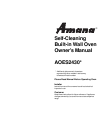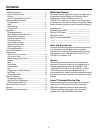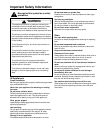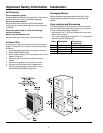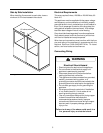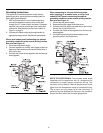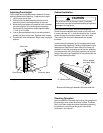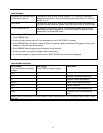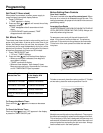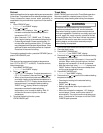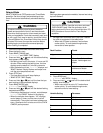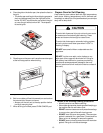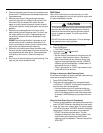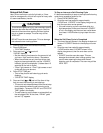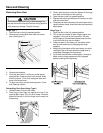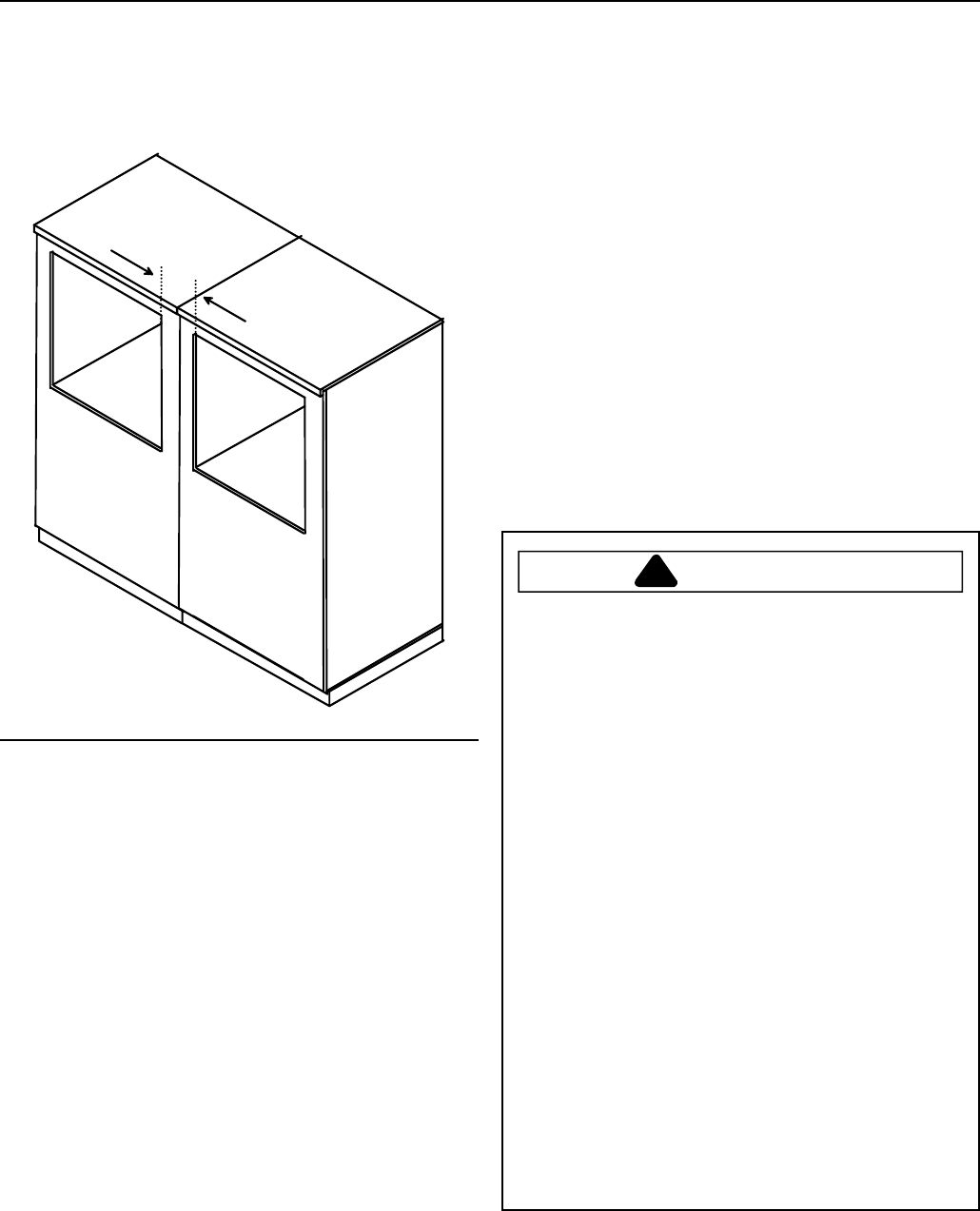
5
Electrical Requirements
This oven requires 3 wires, 120/208 or 120/240 Volts, 60
Hertz A.C.
This appliance must be supplied with the proper voltage
and frequency, and connected to an individual, properly
grounded branch circuit, protected by a circuit breaker or
fuse. Circuit amperage is noted on the rating plate (the
rating plate is located on the oven frame). Line voltage
less than rated voltage will result in slow heating.
Oven should be fused separately from other appliances.
Verify electric power is off from fuse box to junction box
until oven is installed and ready to operate.
Wire sizes and connections must conform with the fuse
size and rating of the appliance in accordance with the
National Electrical Code ANSI/NFPA No. 70–latest
edition, and local codes and ordinances.
Connecting Wiring
WARNING
!
Electrical Shock Hazard
• Electrical ground is required on this appliance.
• Do not connect to the electrical supply until
appliance is permanently grounded.
• Disconnect power to the junction box before
making the electrical connection.
• This appliance must be connected to a grounded,
metallic, permanent wiring system, or a
grounding connector should be connected to the
grounding terminal or wire lead on the appliance.
• Do not use a gas supply line for grounding the
appliance.
• Do not ground through neutral wire if installation
is in a mobile home or if local codes do not
permit grounding through a neutral.
• Use only connectors designed for joining copper
to aluminum and follow manufacturers'
recommended procedure closely. Improper
connections of aluminum house wiring to copper
lead can result in property damage, personal
injury or fire.
Failure to do any of the above could result in a
fire, personal injury or electrical shock.
Side by Side Installation
When installing 2 ovens next to each other, leave a
minimum of 12 inches between the cutouts.
12 inches minimum
Figure 2



